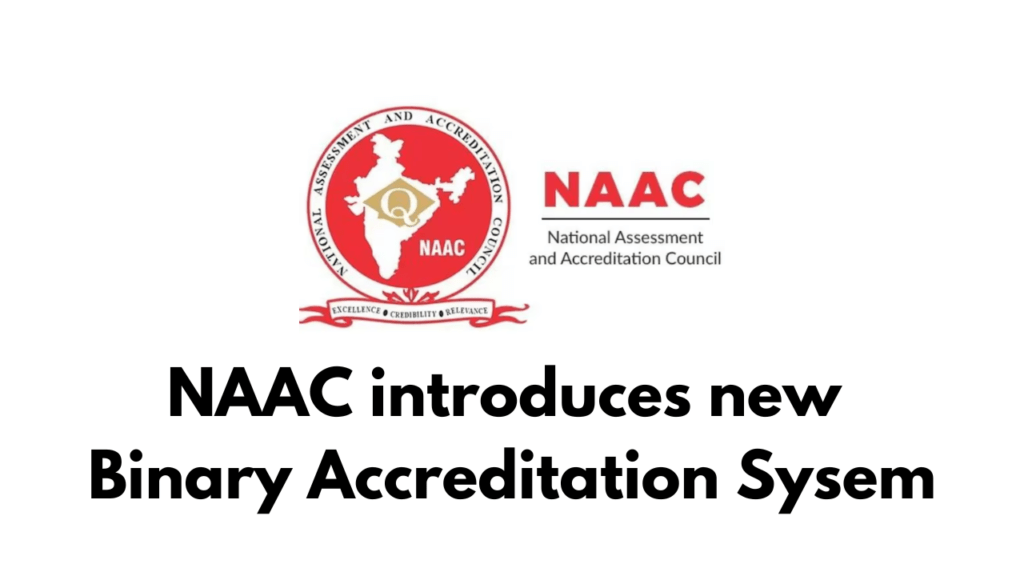

NAAC Binary Accreditation System in India
He noted that the country has around 1,200 universities and approximately 42,000 colleges. This vast network of higher education institutions plays a crucial role in the nation’s academic landscape.
Number of Universities and Colleges in India
Universities:
- Number: Around 1,200
- Types:
- Central Universities: These are established by an act of Parliament and are funded by the Central Government. Examples include Jawaharlal Nehru University (JNU) and the University of Delhi.
- State Universities: Established by the State Governments, these universities cater to regional educational needs. Examples include the University of Mumbai and the University of Calcutta.
- Deemed Universities: These institutions are granted the status of a university by the Department of Higher Education. They enjoy academic status and privileges similar to that of a university. Examples include the Indian Institute of Science (IISc) and Symbiosis International University.
- Private Universities: These are established through state/central legislature and funded by private entities. Examples include Sri Satya Sai University of Technology and Medical Sciences, Amity University and VIT University.
- Institutes of National Importance: These institutions are recognized by an act of Parliament and play a pivotal role in developing highly skilled personnel. Examples include the Indian Institutes of Technology (IITs) and the Indian Institutes of Management (IIMs).
Colleges:
- Number: Approximately 42,000
- Affiliation: Most colleges in India are affiliated with a university. They offer undergraduate and postgraduate courses and must adhere to the academic guidelines set by their respective universities.
- Types:
- Government Colleges: These are funded and managed by the government, providing affordable education to a large segment of the population.
- Private Colleges: Managed by private entities, these colleges often offer specialized courses and maintain high educational standards.
- Autonomous Colleges: These colleges have the autonomy to design their own curriculum and conduct examinations. They are often affiliated with a university but enjoy greater academic freedom.
Key Statistics:
- Enrollment: India has one of the largest higher education systems in the world, with millions of students enrolled in universities and colleges across the country.
- Faculty: The country boasts a significant number of faculty members who are experts in their respective fields, contributing to research and development.
- Infrastructure: Indian universities and colleges are increasingly focusing on improving infrastructure, including libraries, laboratories, and digital resources, to provide a conducive learning environment.
Challenges and Opportunities:
- Quality of Education: While the number of institutions is vast, the quality of education varies significantly. Efforts are being made to standardize and improve academic standards across the board.
- Accessibility: Increasing the accessibility of higher education, especially in rural areas, remains a priority.
- Innovation and Research: Encouraging a culture of innovation and research is essential for the country’s development. Initiatives like the Binary Accreditation System by NAAC aim to drive continuous improvement in this regard.
NAAC Binary Accreditation Criterias
In the Binary Accreditation system, there will be 10 Criteria
Study Material: Basic Computer and Engineering
Aeronautical Engineering Projects of Students
Famous and most Visited Top 21 Temples in Mahakal Nagri Ujjain
Read More…


